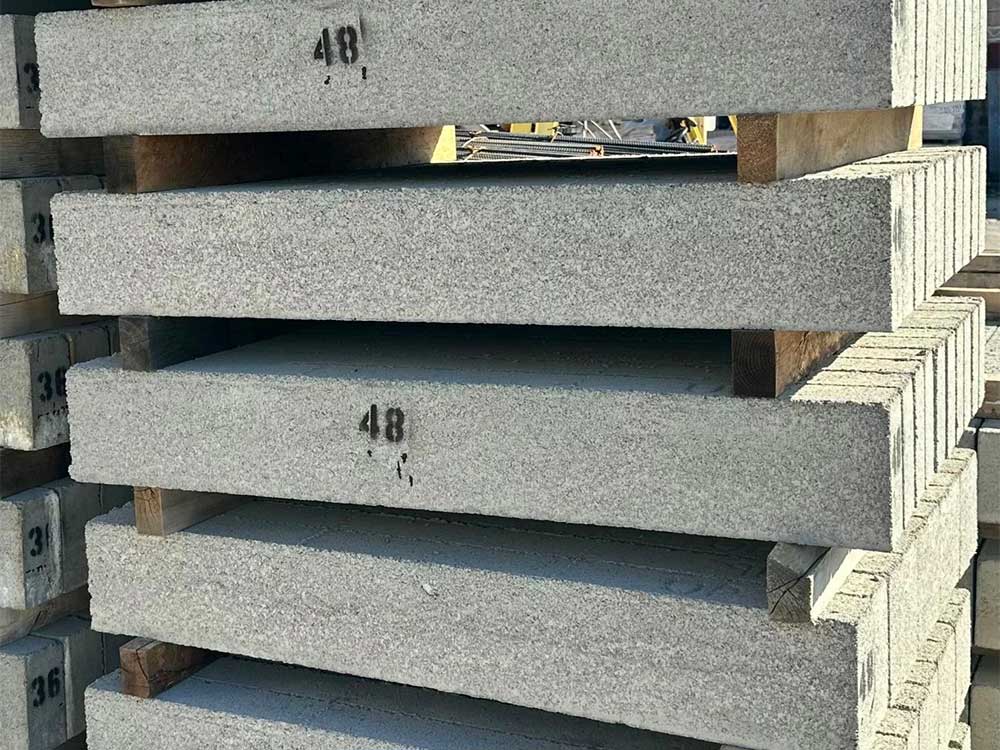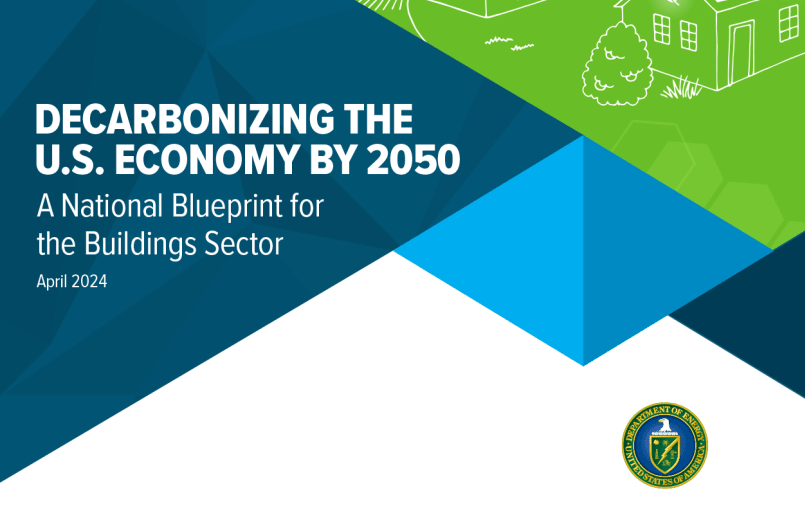Understanding 57 Gravel Size
When diving into the world of construction or landscaping, one is bound to come across different materials vital to the integrity and aesthetics of the project. Among the plethora of options available, 57 gravel size stands out due to its versatility and range of applications. Understanding this specific size and type of gravel can greatly benefit both professionals and DIY enthusiasts looking to enhance their work quality.
What is 57 Gravel?
57 gravel refers to a particular size of stone aggregate, that is a mix of #5 and #7 stone. As part of the spectrum of aggregates available for construction use, 57 gravel falls into a category that has been sifted and categorized based on its size. Specifically, the “57” in its name represents the sieve size that the stone can pass through, typically ranging from 0.5 to 1.5 inches in diameter (averaging ~3/4 in). This size is considered medium and is among the most commonly used gravels in various applications.
Origins and Composition
Gravel, including the 57 size, is often sourced from natural processes, such as the erosion of larger rocks, or can be mechanically produced in quarries. The composition of 57 gravel can vary based on its source, including limestone, granite, or trap rock. The type of stone chosen often depends on the specific needs of the project and the desired aesthetic.
Applications in Construction and Landscaping
Given its medium size and uniformity, 57 gravel finds its way into multiple construction and landscaping projects:
- Driveways and Base Layers: Due to its consistency, 57 gravel provides excellent compaction, making it ideal for driveways or as a base layer underneath asphalt or concrete pavements.
- Drainage Solutions: Its unique size allows for proper water flow, making it an optimal choice for French drains, septic drainage fields, and other drainage applications.
- Decorative Purposes: The aesthetic appeal of 57 gravel, especially when sourced from decorative stones, makes it a popular choice for hardscapes, patios and walkways.
Benefits of Using 57 Gravel Size
Several inherent benefits come with using 57 gravel in projects:
- Durability: The robust nature of stone aggregates ensures that 57 gravel can withstand heavy loads, making it a durable solution for driveways and base layers.
- Ease of Maintenance: Gravel driveways or paths require minimal maintenance. Any displacement can be quickly fixed by spreading and compacting additional gravel.
- Cost-Effective: Compared to other materials, 57 gravel offers an economical solution for large-scale projects without compromising on quality.
Working with 57 Gravel
Handling and working with 57 gravel is relatively straightforward. However, there are certain best practices one can follow to get the best results:
- Site Preparation: Before laying the gravel, ensure that the site is appropriately excavated and leveled. A weed barrier or geotextile can be laid to prevent unwanted growth beneath the gravel and resist settling.
- Tamping: After spreading the gravel, it is crucial to tamp (compact) it properly to ensure stability and longevity. This can be done using specialized hand and power tools, like a mechanical plate tamper.
- Edge Restraint: To prevent the gravel from spilling over or spreading, it is advisable to have an edge restraint or border, especially for driveways or walkways.
57 gravel size remains a preferred choice among professionals for various applications due to its versatility, durability, and aesthetic appeal. Understanding its characteristics and best practices can greatly benefit those looking to embark on construction or landscaping projects, ensuring that the end result is both functional and visually appealing.

SalesZac Bunner
Latest News
4 Features That Makes Masonry Supply Company Stand Out
A masonry supply company plays a crucial role in the success of construction projects, providing essential materials and expertise to […]

Choosing The Right Size Lintel For Your Project
Determining the correct size of a lintel is critical for the stability and longevity of your construction project. A lintel […]

Data Misses on Embodied Carbon
There is significant urgency to avoid, reduce, or even reverse the emissions of greenhouse gases (CO2e) to avoid the worst […]

4 Masonry Tools You Should Have At Home
Effective and efficient masonry work, whether for repairs or new projects, requires the right tools. At home, having a basic […]
